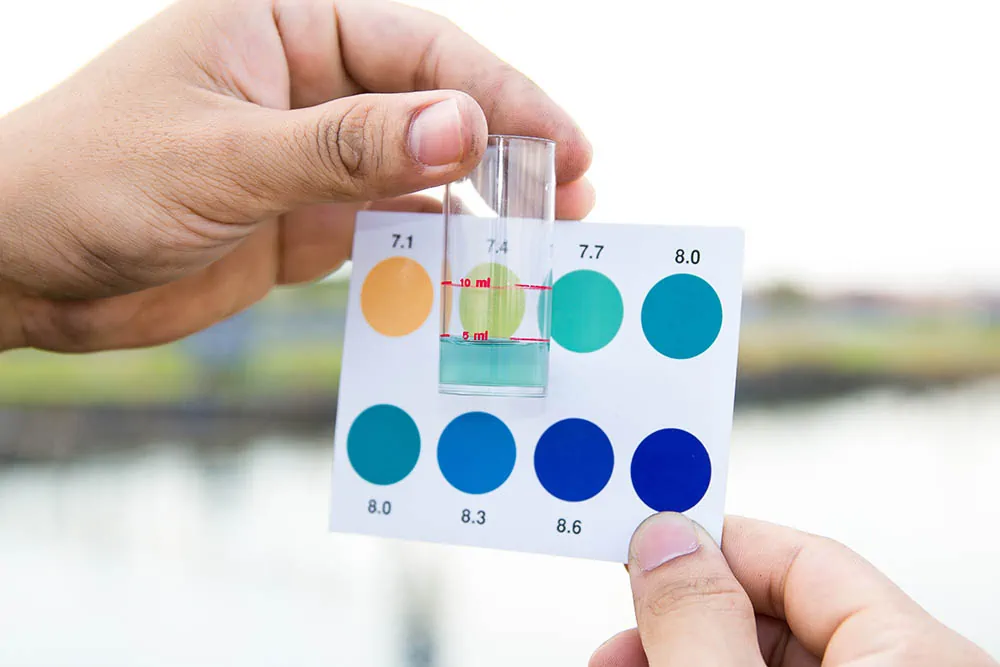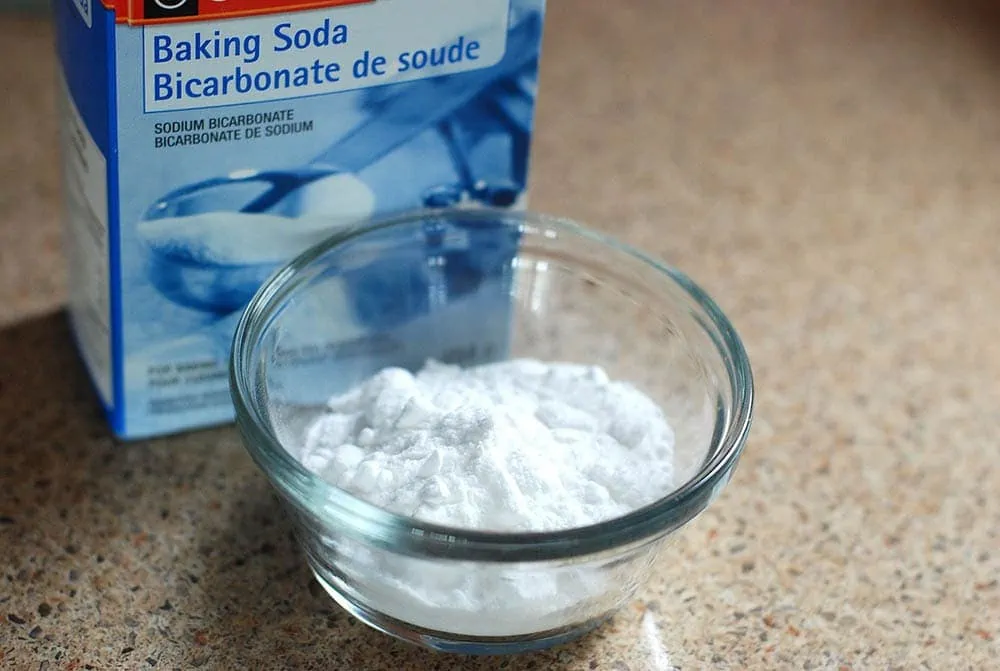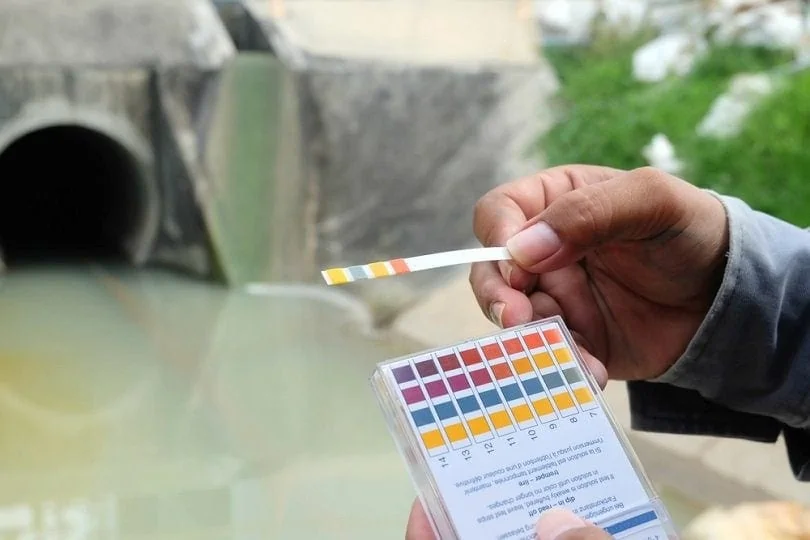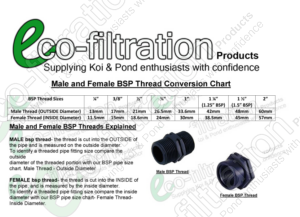Role of Lactic Acid Bacteria & Benefits
Role of Lactic Acid Bacteria – Lactic acid bacteria (LAB)
Free when you spend over £49
99% of Products Manufactured In the UK
Email: enquiries@eco-filtration.co.uk
Experts agree that ponds need a pH of between 6.5 and 8.5, with the ideal level being 7.4 to match the blood of the fish. Below 6.5 and above 8.5, fish can become stressed, which makes them more prone to illness. Fortunately, you can and should test the pH of your pond, especially if you notice a change in your fish, such as poor eating habits or a change in their movement.
The 3 Methods to Raise pH In Your Pond
Through regular testing, you will know whether your pond has suffered a pH crash. If it has, you should bring the pH level back up again. Below are some of the methods that can help increase a pond’s pH value.
1.Test Your Tap Water and Change the Water
If your pond water has too low a pH, it might be impractical or impossible to increase its rate quickly enough. In these instances, it may be necessary to perform a water change. Before doing so, however, you will need to test the pH value of your tap water. It will be easier to treat the water before adding it to the pond. You shouldn’t drain the pond, but you can complete a 50% water change if you really need to.
Calculate your current pH value and what it will rise to when combined with your tap water to determine the volume you need to add.

2.pH Adjuster
Water pH adjusters are products that you add to the water that increase or decrease the average pH value. They use safe compounds to increase or decrease acidity. Some use natural compounds, others use chemicals, but all should have been tested to ensure that they are safe for use with fish. Follow the directions on the packet or tin. You will need to know the approximate volume of water in the pond, as well as its current pH level. This will enable you to calculate how much of the adjuster you require.
3.Baking Soda
If you have a plentiful supply or access to a supply of baking soda, it can be used as an alternative to commercial pH adjusters. Add 1 teaspoon of baking soda to every 8 gallons of water. Dissolve it in water in a bucket first. It is better for your fish if it is diluted beforehand. Once mixed, add it to the pond, allow some time for it to be pumped around the pond and mixed with the existing water, and then measure the pH again.

Testing Pond Water
There are certain times that you should test the pH of your pond water. For example, if you add or remove plants, dig or fill in any area of the pond, or if you have added a lot of new fish recently. Major storms, flooding, and the cycle of freezing and thawing water may also adversely affect the pH of the water, so you should test after these incidents.
Fortunately, you can buy testing kits that are easy to use. These will usually allow for multiple tests to be conducted, and one of the simplest methods is to add a water sample to a test tube and combine it with the testing solution. Some such testing kits will look for the presence and overabundance of chemicals like ammonia and nitrite, too.

What Causes Low pH In a Pond?
A pH crash can be caused by several factors. The water pH value will fluctuate naturally over the day, determined by the carbon hardness of the water. Lower levels of carbon hardness mean greater fluctuation in your pH value. The more water in the pond, the less likely it is to fluctuate. Anything over 2,300 gallons (9,000 liters) of water is considered to be reasonably safe from pH crashes. If you have endured a sustained period of heavy rain, this can bring your pH crashing down so measure the level after a heavy rainstorm.
Pay particular attention to the pH of the water you use during a water change, especially if you live in an area with soft water. Soft water has a naturally low pH value that can bring the average level of your water down.
Can You Lower pH?
As well as commercial pond adjusters to increase pH, you can also buy products that lower pH. Instead of baking soda, measure 1/4 cup of vinegar for every 500 gallons of water and mix it in a bucket of water before adding it to the pond. The acid neutralizes the alkalinity to create a neutral environment that best suits your fishy inhabitants. Once you’ve added it to the pond, let the pump do the trick. Measure the pH level again after 12 hours.
Final Thoughts
pH levels are an important measure of the acidity and alkalinity of water. If your water has a pH level below 6.5, it could be causing stress and illness for your fish, and you must take action to try and increase the pH value safely but quite urgently. Use baking soda or commercial pH adjusters to achieve this. Alternatively, you can perform a water change if you have a particularly low pH or are struggling to find an alternative means of creating a neutral environment.

Role of Lactic Acid Bacteria – Lactic acid bacteria (LAB)
Below is a short article explaining the benefits of clay

How to Measure Your BSP Fittings When it comes to